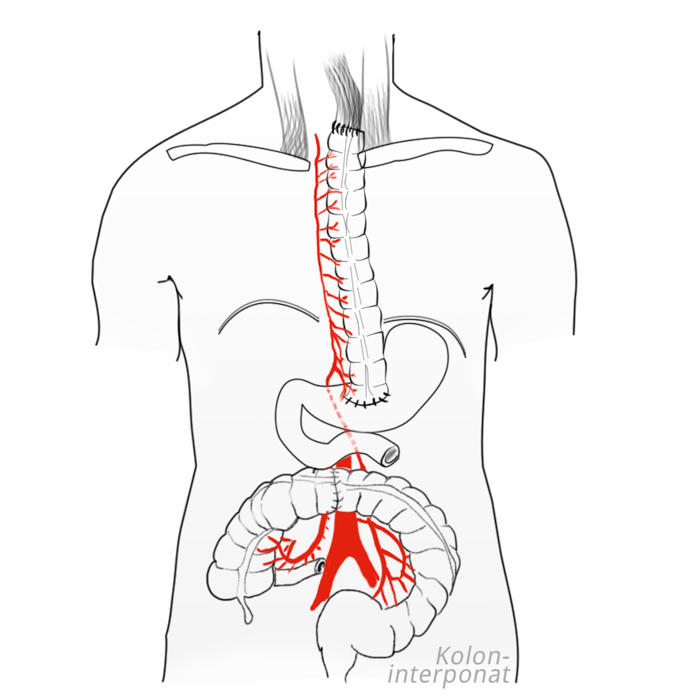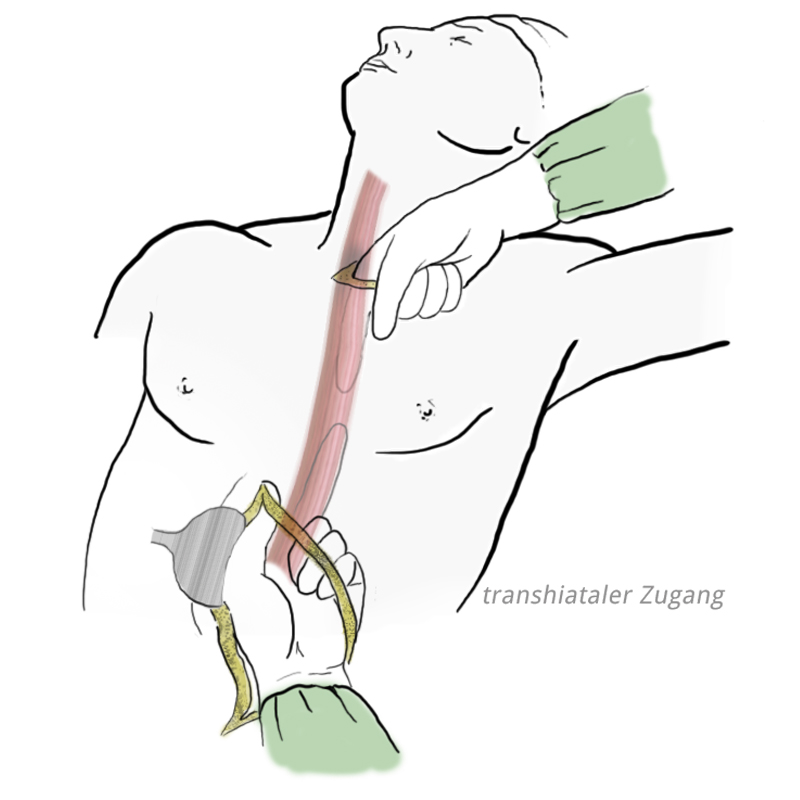Acid & Lye
Ingestion of acids or lye can cause erosion of the esophagus. Acid causes a coagulation necrosis, lye usually leads to deeper tissue injury due to liquefaction necrosis, which facilitates its penetration deep into the esophageal wall. Erosion with lye is therefore more dangerous than with acid.
Based on the endoscopic findings and histological picture, erosions can be classified into three degrees of severity.
| Endoscopic classification | HISTOLOGIAL CLASSIFICATION |
|---|---|
| Grade 1 “Slight erosion” |
Grade 1 Mucosa |
| “Severe erosion” | Grade 2 Submucosa-Muscularis |
| “Severest erosion” | Grade 3 All wall layers |

Diagnosis
If possible, the ingested liquid should be kept for toxicological analysis. Antiemetics and stomach pumping are contraindicated to prevent further erosion. Third party medical history is often more helpful than the patient’s own statements; there may have been suicidal intent. An x-ray exam with a water-soluble contrast medium should be performed if transmural erosion is suspected. However, the extent of the injury can be better assessed by endoscopy.
Therapy
Initial management of erosion of the esophagus involves stabilization of the patient and intensive medical care. If initial diagnosis indicates severe erosion, emergency esophagectomy may be indicated. In such a case, reconstruction is done after an interval during which the patient is stabilized and the phase of sepsis survived. Otherwise the patient is hospitalized, if the clinical picture is severe enough, in an intensive care unit. Mild erosion heals without further specific treatment, severe erosion should be treated with corticoids and antibiotics. Healing of esophageal erosion follows the course of defect wound healing. Rejection of the necrotic tissue is followed by a granulation phase and formation of scar tissue. This is accompanied by constriction and increased rigidity of the esophagus. Often therefore bougienage is necessary in which the constricted esophageal lumen is widened using a bougie attached to a guidewire. Constriction that is refectory to treatment is an indication for surgery.
This should always be esophagectomy since esophageal constriction represents a precancerous condition. Because it involves a benign disorder, the extent of the lymphadenectomy does not play a role. The procedure therefore can be performed as a rule from transhiatal. (cf. Treatment of Esophageal Carcinoma).




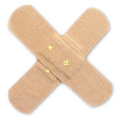 Wound Healing
Wound Healing Infection
Infection Acute Abdomen
Acute Abdomen Abdominal trauma
Abdominal trauma Ileus
Ileus Hernia
Hernia Benign Struma
Benign Struma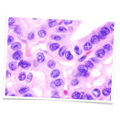 Thyroid Carcinoma
Thyroid Carcinoma Hyperparathyroidism
Hyperparathyroidism Hyperthyreosis
Hyperthyreosis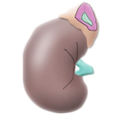 Adrenal Gland Tumors
Adrenal Gland Tumors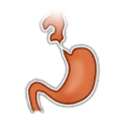 Achalasia
Achalasia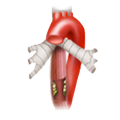 Esophageal Carcinoma
Esophageal Carcinoma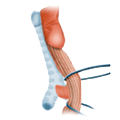 Esophageal Diverticulum
Esophageal Diverticulum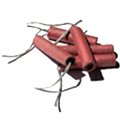 Esophageal Perforation
Esophageal Perforation Corrosive Esophagitis
Corrosive Esophagitis Gastric Carcinoma
Gastric Carcinoma Peptic Ulcer Disease
Peptic Ulcer Disease GERD
GERD Bariatric Surgery
Bariatric Surgery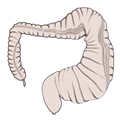 CIBD
CIBD Divertikulitis
Divertikulitis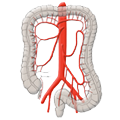 Colon Carcinoma
Colon Carcinoma Proktology
Proktology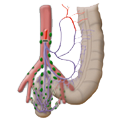 Rectal Carcinoma
Rectal Carcinoma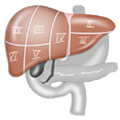 Anatomy
Anatomy Ikterus
Ikterus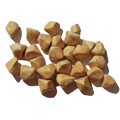 Cholezystolithiais
Cholezystolithiais Benign Liver Lesions
Benign Liver Lesions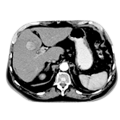 Malignant Liver Leasions
Malignant Liver Leasions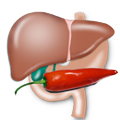 Pancreatitis
Pancreatitis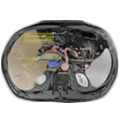 Pancreatic carcinoma
Pancreatic carcinoma